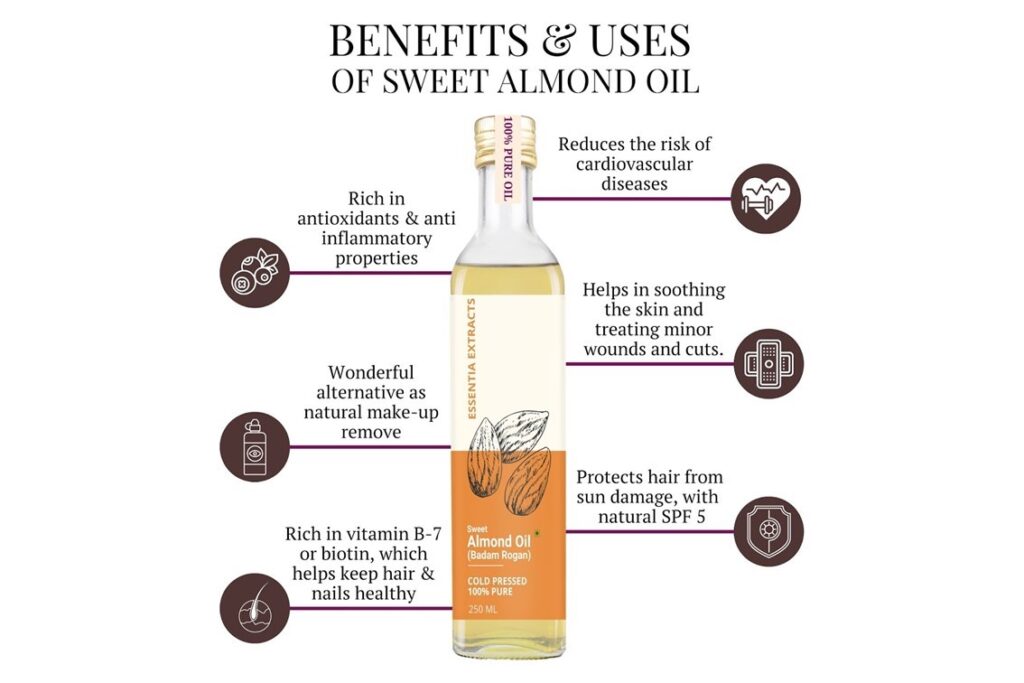
Characteristics and Antioxidant Potential Of Cold-Presses Oils
Cold-pressed oils are continuously gaining in popularity among consumers. The number of bioactive compounds recovered during the pressing process gives cold-pressed oils an advantage over refined oils. Antioxidants including tocopherols, polyphenols, and squalene, for example, have been shown to slow lipid oxidation. The efficiency of antioxidants is especially important for cold-pressed oils rich in polyunsaturated fatty acids (PUFAs), because PUFAs’ high susceptibility to oxidation increases the danger of oil deterioration and, as a result, negative health impacts when consumed. Oil oxidation mechanisms and rates have been demonstrated to be regulated by antioxidant polarity, structure, concentration, and mutual ratios, in addition to the fatty acid profile. Individual antioxidants’ contributions to the oxidative stability of cold-pressed oil are influenced by the oil’s PUFA ratio as well as the pro/antioxidant makeup.

Fig.1. Benefits of Cold pressed Oils (Sellebrate.com)
On the food market, there are cold-pressed oils with different proportions of PUFAs and various compositions of antioxidantsThese oils, on the other hand, are prone to autoxidation, resulting in the accumulation of potentially harmful lipid oxidative degradation products. Many ways have been presented so far to slow the rate of lipid oxidation in edible oils. These include antioxidant fortification, changing oil manufacturing technology, and combining highly unsaturated oils with a less unsaturated fatty acid oil, among others.
The antioxidant activity of various types of antioxidants is a complex phenomenon that is influenced not only by the antioxidant’s structure but also by its concentration. Tocopherols exhibit the phenomenon, but other antioxidants such as phytosterols, polyphenols, and flavonoids exhibit it as well, and all of them may interact and influence the oil’s oxidative stability.





